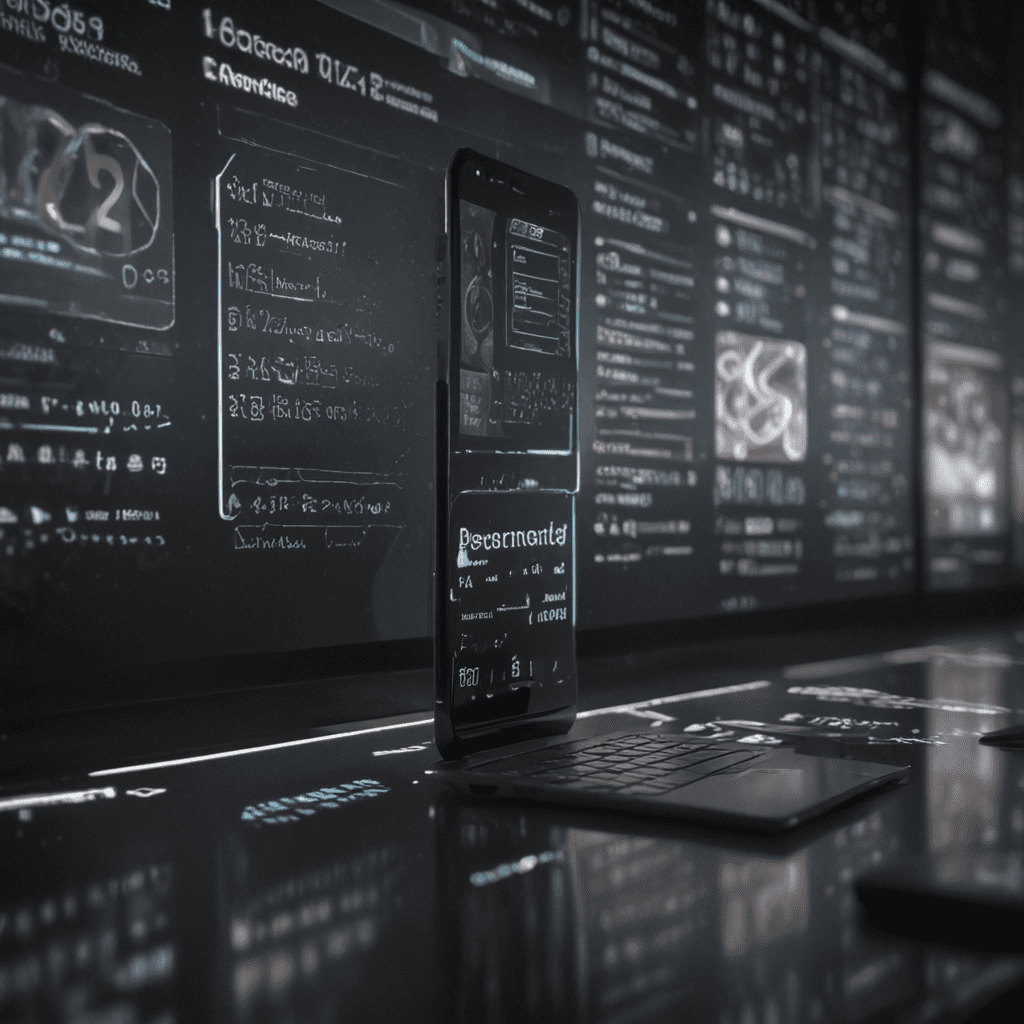1. Introduction: Defining User Flow in UX Design
In the realm of UX design, user flow holds immense significance, guiding the conceptualization and implementation of user-centric digital experiences. Simply put, user flow refers to the sequential steps or paths that a user takes while interacting with a website, application, or any other digital product. Understanding and defining user flows is crucial to creating intuitive, seamless, and engaging experiences.
2. Understanding the Importance of User Flows
User flows play a pivotal role in ensuring that users can effortlessly navigate and accomplish their goals within a digital product. By mapping out user flows, UX designers can empathize with users' perspectives, anticipate their actions, and design interfaces that cater to their expectations. Clear user flows not only enhance the overall user experience but also contribute to increased conversion rates, accessibility, and overall product success.
3. Mapping User Flows: Key Steps
Creating a user flow map is a multi-faceted process that involves a systematic approach to capture the user's journey. The initial step is to define the entry point and desired outcome. Next, identify the key tasks and decision points that users will encounter along the way. By breaking down the user's journey into manageable steps, designers can gain a comprehensive understanding of the user's experience.
4. Types of User Flows and Their Applications
Depending on the complexity of the digital product, designers may employ different types of user flows. Linear user flows represent a straightforward path with minimal branching, while conditional user flows involve decision points that can lead to multiple outcomes. Circular user flows allow users to navigate through a series of steps and return to a previous stage. Understanding the appropriate type of user flow for a specific scenario is crucial for effective UX design.
5. Benefits of Defining Clear User Flows
Well-defined user flows bring forth numerous benefits that enhance the user experience and overall product quality. They help designers identify and address potential pain points, eliminate unnecessary steps, and optimize the flow of information. Clear user flows also promote consistency across the product, ensuring a seamless experience for users. By focusing on user flows, designers can create user interfaces that are both intuitive and efficient.
6. Tools and Techniques for User Flow Analysis
User flow analysis is essential for identifying areas of improvement and optimizing the user experience. Designers can leverage various tools and techniques to conduct thorough user flow analysis. Heatmaps provide visual representations of user behavior, while session recordings capture actual user interactions. Click tracking tools track user clicks and navigation patterns, offering insights into user preferences and pain points. By leveraging these tools, designers can make data-driven decisions and enhance the user flow accordingly.
7. Optimizing User Flows for Improved User Experience
Optimizing user flows requires a holistic approach that considers both user needs and business objectives. Designers should focus on minimizing cognitive load, reducing the number of steps, and ensuring that the user's mental model aligns with the product's design. By adopting a user-centered approach and iterating based on user feedback, designers can create user flows that are not only efficient but also enjoyable.
8. Case Studies and Best Practices
Real-world case studies provide valuable insights into effective user flow design. By analyzing successful digital products, designers can identify best practices and learn from the experiences of others. Case studies demonstrate how clear user flows enhance usability, conversion rates, and overall user satisfaction. Adopting best practices from proven success stories can accelerate the design process and drive better outcomes.
9. Challenges in User Flow Design and Solutions
User flow design is not without its challenges. Designers may face complexities in mapping flows for large-scale products with numerous interconnected features. Balancing user expectations with business requirements can also be a challenge. To overcome these hurdles, designers can employ modular design principles, incorporate user feedback, and continuously iterate on the user flow to refine it.
10. Conclusion: The Value of User Flows in Enhancing UX
User flows are indispensable in UX design, providing a roadmap for user interactions and ensuring a seamless and intuitive experience. By understanding the importance of user flows, mapping them out effectively, and utilizing the right tools and techniques, designers can optimize user flows for improved user experience. Ultimately, clear and well-defined user flows contribute to the success of digital products by enhancing usability, increasing conversion rates, and fostering user satisfaction.
FAQ
Q: Why are user flows important in UX design?
A: User flows guide the user's journey, ensuring intuitive and seamless interactions. They help designers identify pain points, eliminate unnecessary steps, and optimize the flow of information, leading to a better user experience.
Q: What are the benefits of defining clear user flows?
A: Clear user flows enhance usability, increase conversion rates, promote consistency, and help designers identify areas for improvement based on user feedback.
Q: How can user flows be optimized for an improved user experience?
A: Designers can optimize user flows by minimizing cognitive load, reducing the number of steps, aligning with the user's mental model, and iterating based on user feedback to create efficient and enjoyable user flows.

